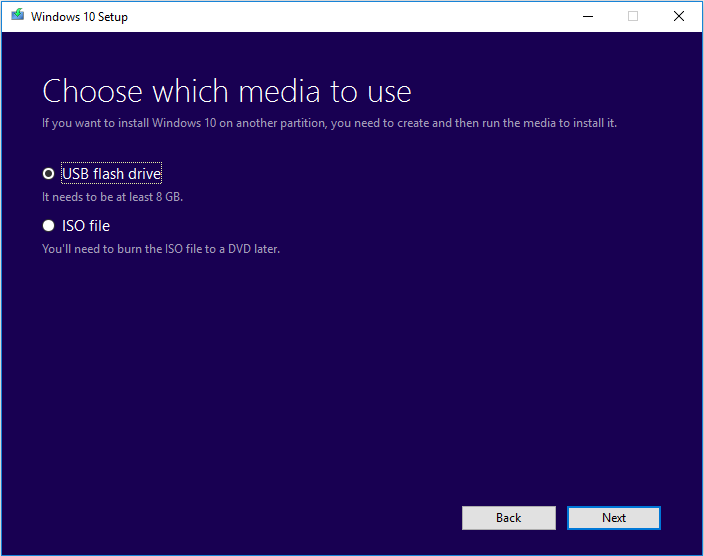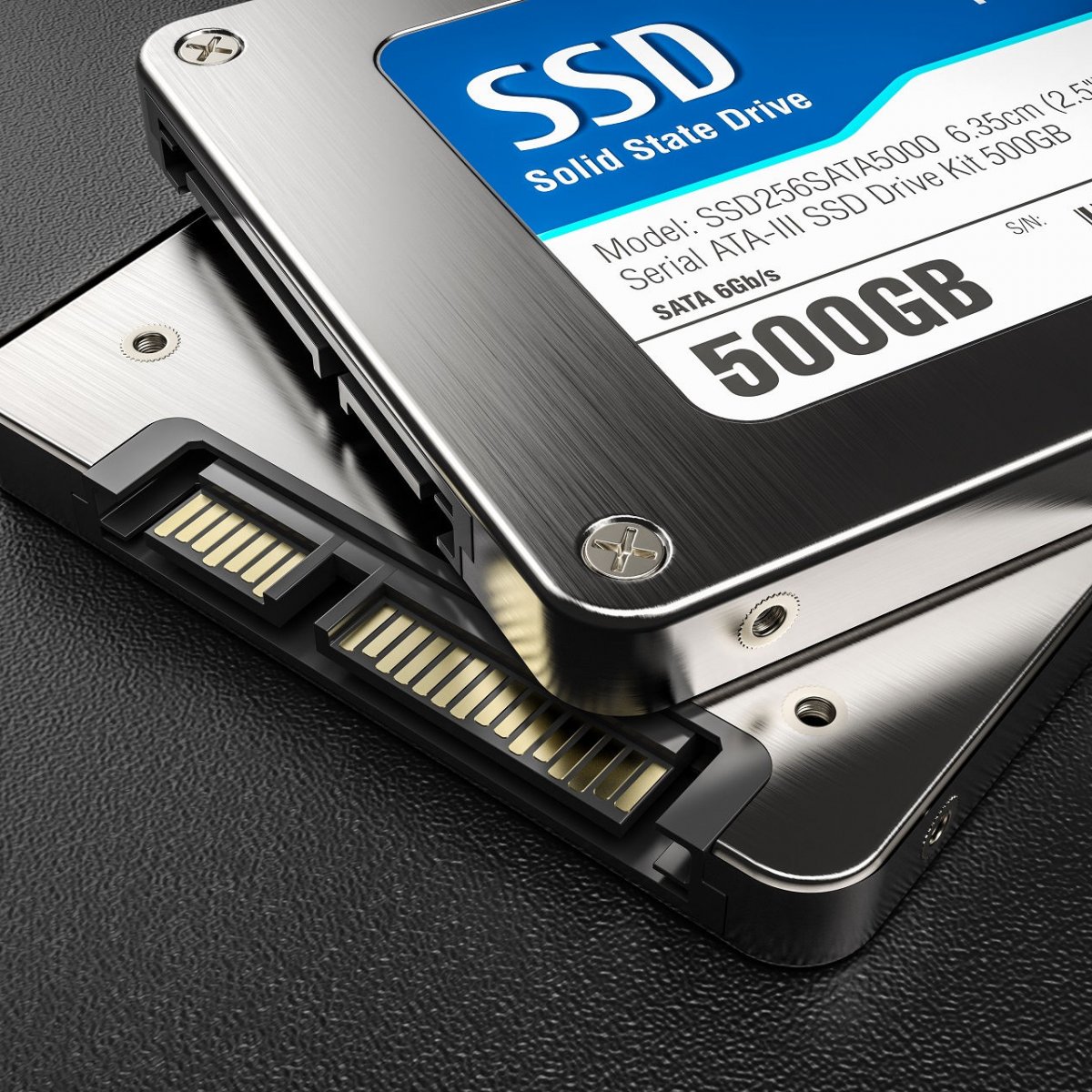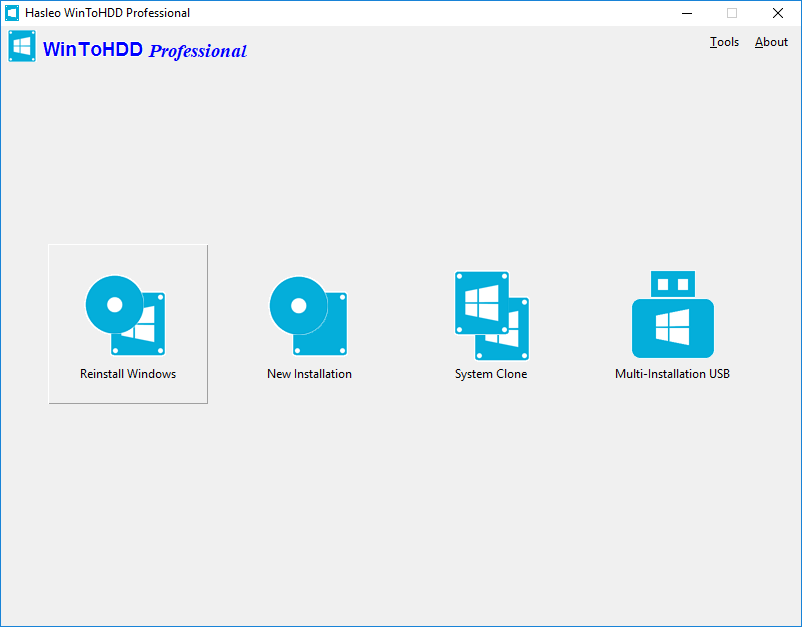
When the computer reboots, you will have the option to choose between the two operating systems. Henceforth, the installation process should go through as usual. There is also a chance that you may end up deleting the first drive partition if not appropriately managed. Not only you have a limited option, but the interface is restricted. While you can create and manage partitions from here, it’s easy to do it from the Disk Management tool as the interface is much cleaner. When you use it, it gives you the option - Where do you want to install Windows?. Here you can select the partition you created in the above steps or choose the one entitled Unallocated Space. Windows installation will automatically activate the partition if necessary. When installing Windows 10 from the USB drive, choose the Custom option. 3] Use the Custom Option to install on the new partition You will have to change the Boot priority, so it boots from the USB drive instead of the default HDD. Next plug in the USB drive, and boot from it. 2] Create Windows 10 Bootable USBĭownload the latest ISO, and create a bootable USB. You can create extended partitions with the rest of the storage space. Make sure to choose a size of at least 50 GB for the primary partition. Right-click on it and then create a simple volume.


If there is data on the file, back up those files. To get that done, we will use the built-in Disk Management Tool. We need to prepare a partition of the Secondary drive to install Windows. The computer should detect it immediately. 1] Create a new partition on the second SSD or Hard driveĬonnect the secondary SSD or the hard drive to your computer. Also do not remove the OS from primary SSD or HD, especially if you plan to remove the second SSD and plan to use on a need per basis. If it is missing, then it can be problematic. When you install Windows, the Bootloader will register the path of the installed OS. While you can, I would suggest that you not remove the external SSD or Hard Drive unless it is necessary.


If you wish to install Windows 10 on a second SSD or Hard Drive, it is possible to do so.


 0 kommentar(er)
0 kommentar(er)
